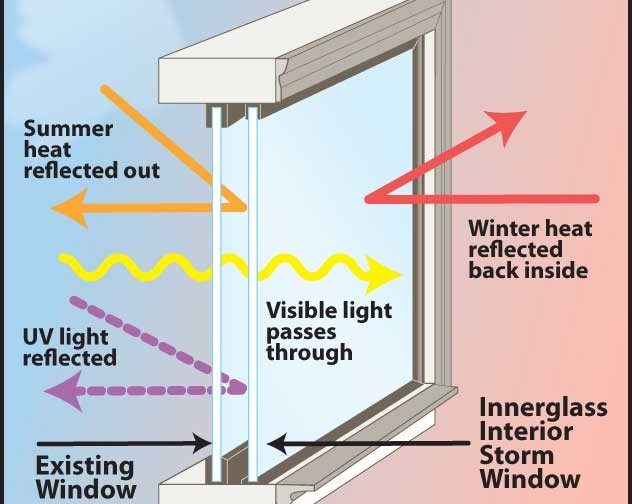All Categories
Featured
Table of Contents
What Are Double Glazed Windows? in Karawara WA
Laminated glass is frequently utilized in locations in the home most vulnerable to injury from human effect such as restrooms, doors, around staircases and in locations near the floor (it fulfills the requirements of 'security glass' that is mandated for use in these locations by Australian Basic AS 1288 Glass in buildings).
Toughened glass has actually been 'tempered' by being reheated and rapidly cooled again. This process makes it much more powerful than standard glass it can resist higher impact loads prior to breaking. It likewise makes it more secure due to the fact that, when it does shatter, it burglarizes numerous small cubic pieces instead of hazardous fragments.
Single, Double Or Secondary Glazing, Which Is The Best ... in Spearwood WA
Toughened glass has no thermal or acoustic benefits over other glass of the same toning or density. Secondary glazing is where single-glazed windows are retrofitted with a transparent acrylic or glass sheet connected to the inside of the frame or openable sash with a secondary frame or with magnetic strips.


Secondary glazing will not carry out also thermally as a made IGU, considering that it is difficult to completely seal the perimeter, however it can provide great sound control. Window movies are a thin polymer movie including a soaking up dye or reflective metal layer, with an adhesive support. They stay with your glazing to change its colour or make it reflective.
Double Glazed Windows And Doors In Perth in Munster Western Australia
Applied to existing glass, some window films can halve the total SHGC of the window by taking in and/or showing solar radiation. This can be particularly beneficial in hotter climates where cooling is the primary issue, or on east and west elevations directly exposed to extended periods of sunshine. However, window films might also minimize noticeable light transmittance.

For this reason, it is generally best to utilize a recognized installer of window movie. Frames have a considerable influence on the thermal performance of doors and windows, because energy can be gotten and lost through the frame, along with through the glass. Different types of frame will allow different levels of heat gain and loss, so careful option of frame is essential for efficient passive style.
Single Glazed Vs Double Glazed Windows - Ultimate Guide in Darch Western Australia
However, aluminium is likewise a very great conductor of heat and will decrease the insulating value of a glazing unit, unless specifically engineered to decrease this. A 'thermally broken' frame is made up of 2 aluminium areas linked by a structural insulator (usually a low-conductivity structural polymer). This 'breaks' the thermal connection through the aluminium and reduces the heat flowing through the frame.
Lumber frames are a great natural insulator that can suit some house designs. Lumber frames ought to be made from species that have naturally high resilience or be treated to avoid decay and contortion.
5 Benefits Of Double Glazing Windows in Morley Western Australia
(weather condition removing) is installed.
u, PVC doors and windows have exceptional thermal performance Image: Ben Wrigley (Light Home Architecture and Science) Composite frames use aluminium profiles on the outer areas with either a wood or u, PVC inner section. These integrate the low maintenance and sturdiness of aluminium with much improved thermal efficiency.
Latest Posts
How To Upgrade Your Garden's Summer House For Year- ... in Hilton WA
When Is The Best Time Of Year To Replace Windows? in Hovea Western Australia
Sustainability in Coolbellup Perth